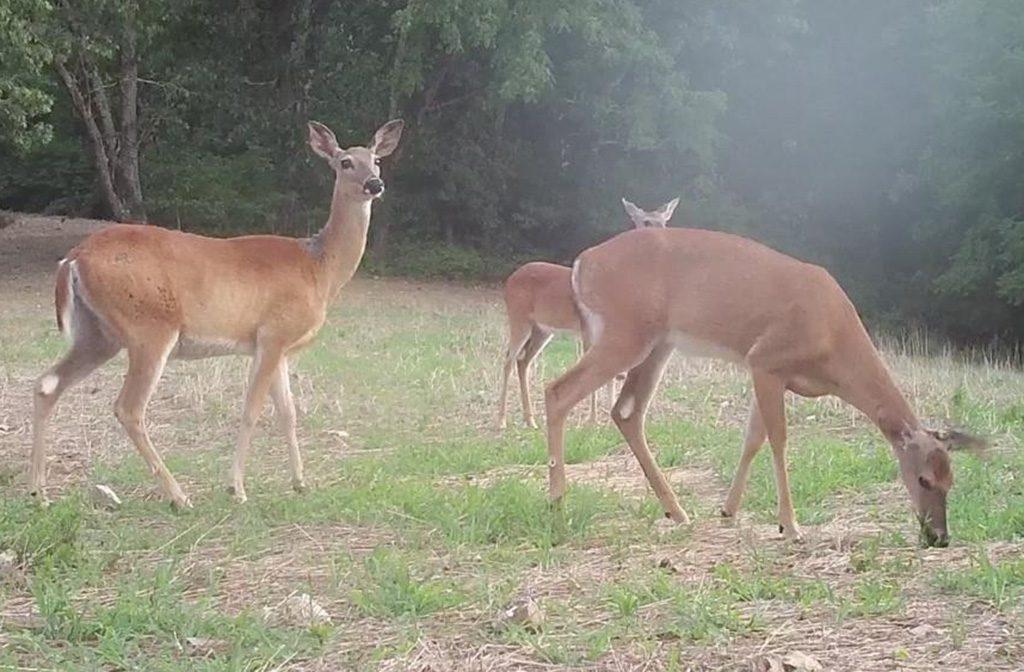The weather this summer has been a doozy, hasn’t it? This is not the first time we’ve experienced days and weeks without rain with daily temperatures in triple digits adding to the misery. This summer, though, has been right up there with some of the worse ones.
We’re sitting here with hunting seasons opening with archery season for deer beginning October 1 and squirrel season starting the following week on October 7. It’s hard not to be concerned about the wildlife we’ll be hunting, animals that are trying to make it with much of their food sources in peril.
My concern for what effect these hot and dry conditions will have on our hunting success sent me to Johnathan Bordelon, a fellow who keeps up with such and who was willing to share his thoughts based on his years of working with the ins and outs; the ups and downs of what wildlife faces during good times and not-so-good times.
Bordelon is Deer Program Manager for the Louisiana Department of Wildlife and Fisheries (LDWF) with years of study and research under his belt.
“Ninety percent of our state fits the category of being in severe drought which set the stage for tens of thousands of acres of wildfires. Plants deer utilize have been impacted, not only by the fires but also by drought. Nutrients deer need have been diminished by these conditions,” said Bordelon.
“Even in normal years, plants begin losing their nutritional value as they start losing their leaves as fall approaches. This situation becomes escalated during long periods of high heat and drought,” he added.

What does this all mean for deer hunters this season? Will the body weights and antler development of deer be diminished? Are deer hunters more likely to see skinny deer with skimpy racks? Based on past history and research, Bordelon offered some interesting and encouraging information in this regard.
“Over the past 25 years, Louisiana has seen conditions like what we experienced this year. Summers or 2000-2001; 2006 and 2011-12, we experienced drought conditions and we have the advantage of studying what took place during those periods of drought and the effect it had on the condition of our deer.
“Interestingly, our research showed that we didn’t see a drop in body weights and buck antler growth and development during those periods of drought; it was almost identical to years when it wasn’t so hot and dry. However,” he added, ‘it is a proven fact severe and extended periods of drought leads to reduced recruitment, to reduced body size overall that extends to antler development.”
Cutting through all the research data, hunters want to know just what we might expect to see once we’re sitting in our deer stands this season.
“I expect it to be about average this year but can’t say that with certainty. Based on our samples and studies, we really don’t expect to see significant changes from previous years,” Bordelon said.
What about supplemental feeding, especially this year since so much natural vegetation has been affected?
“Our suggestion is to reach out to agencies such as the Extension Service, LSU and LDWF if you have a question about the quality of the supplemental feed you want to use.
Let’s just hope that our deer survived basically intact during 2023. If 2024 is a repeat, however, all bets are off.
 fgazette.com Community news site for Union Parish Louisiana
fgazette.com Community news site for Union Parish Louisiana